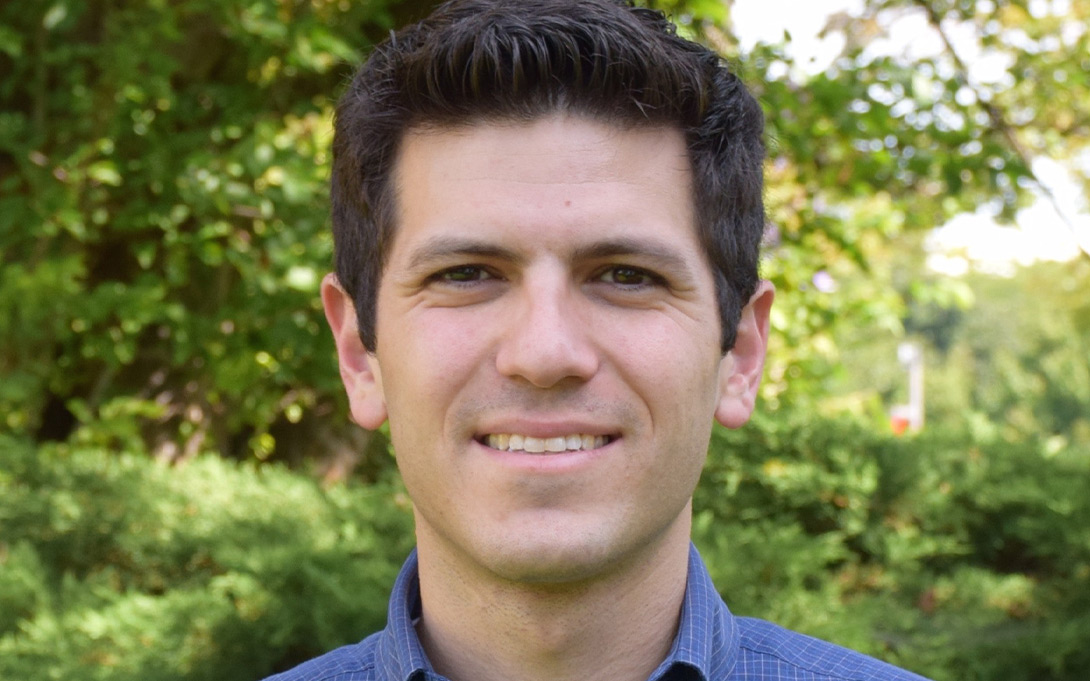
Powerful interest groups have stalled federal climate action for years. As a result, states have assumed responsibility for enacting their own climate change policy. But, there are still significant obstacles to passing “strong and effective state-level climate policies rather than merely symbolic policies.”
In an article published in Climatic Change, “Climate policy conflict in the U.S. states: a critical review and way forward,” Joshua Basseches and 11 other scholars investigate the barriers to state-level climate policy and what can be done to address them.
Basseches and his colleagues identify four obstacles to “more robust and widespread state-level climate policy”: governance and institutions, media and public opinion, industry and interest group opposition, and divided pro-climate coalitions.
Discussing the barriers that governance and institutions pose, the authors point out that a Democrat trifecta to pass state ambitious climate policy is almost always necessary. Further, the variation in session length, salary, and staff in state legislatures determines the quality and quantity of policy adopted, with professionalized legislatures tending to be more effective. Finally, the organization and powers of both the executive and legislative branches, has an important role in shaping climate policy.
The media also becomes a powerful obstacle to climate policy because of its influence on the spread of information on climate science and policy. For example, “when coverage presents climate science as uncertain or fails to engage the views of different subgroups, that coverage can shift climate change off of public and governmental agendas.” This impacts public opinion – although scientists have concluded that climate change is real, only 55% of the public believes that climate change has been proven by science, leading to low issue salience for the issue.
As one of the largest barriers, industries and interest groups get involved in the legislative process to block climate policy that may threaten their bottom lines. States that rely most on employment and tax revenues from fossil fuel companies have been found to have the weakest environmental policies, highlighting the impact industry opposition has on climate policy. The climate denial movement has also worked hard to block climate policy. The fossil fuel sector, conservative politicians, think tanks, media, and interest groups coordinate their efforts to create and continue this countermovement, which sways state-level politics.
Finally, pro-climate policy coalitions often find themselves fragmented into factions, divided by different renewable energy technologies or ideologies behind climate change policy. There is also a deep divide between those who advocate for market-based, technocratic approaches to climate mitigation and those who advocate for holistic, climate justice approaches. This divides the energy and resources available to advocate for innovative and effective climate solutions.
All of these barriers are well-researched and accepted by most academics. What Basseches and his co-authors add to the conversation, however, are the solutions to these obstacles.
They propose four strategies to move climate change policy forward:
- Climate policy advocates must become more proficient in the political arena and employ campaign finance strategies, electoral mobilization, and support for existing elected officials who support climate policy in order to gain more institutional influence.
- Proponents need to improve the quality and quantity of climate policy media coverage and tailor messages to specific audiences and constituencies while linking climate action to co-benefits.
- Leverage the power of investor-owned utilities to support strong climate policies by providing the right conditions and incentives for policies to create financial growth. When this isn’t possible, reduce the political powers of investor-owned utilities.
- Reduce divisions within the pro-climate coalition by designing more inclusive policies that consider environmental justice issues and coordination between green businesses.
The authors acknowledge the limitations of their article, which include the U.S.-centric approach and the need to tailor solutions to particular states.
“Nevertheless, the strategies outlined above should be broadly valuable in reducing state-level climate policy obstacles and ensuring comprehensive progress at the state level despite continued uncertainty regarding federal climate policy,” Basseches and his colleagues conclude. “In addition, we have suggested ways of tailoring climate messaging by the media and others to make climate policy action more palatable to Republicans. In the context of energy and climate federalism, the states will likely remain key players in the years to come.”
Read the entirety of the article, “Climate policy conflict in the U.S. states: a critical review and way forward,” which was originally published in Climatic Change.